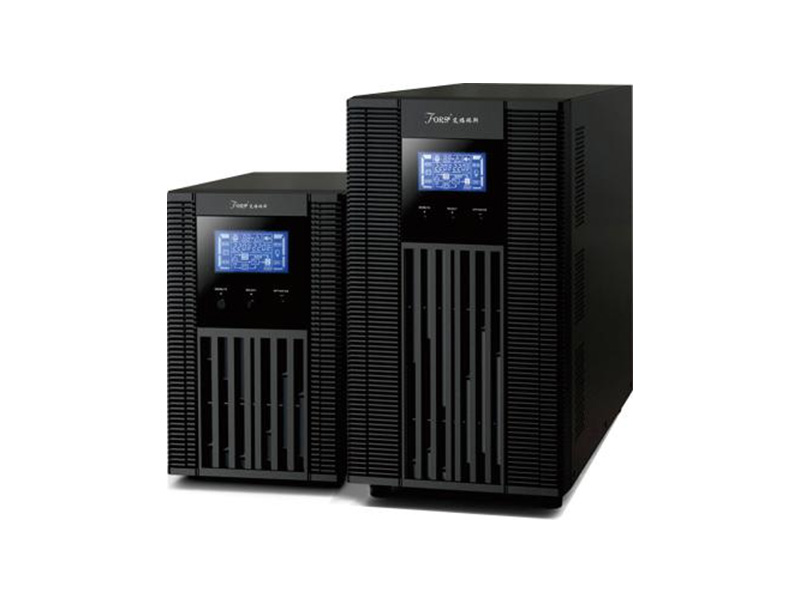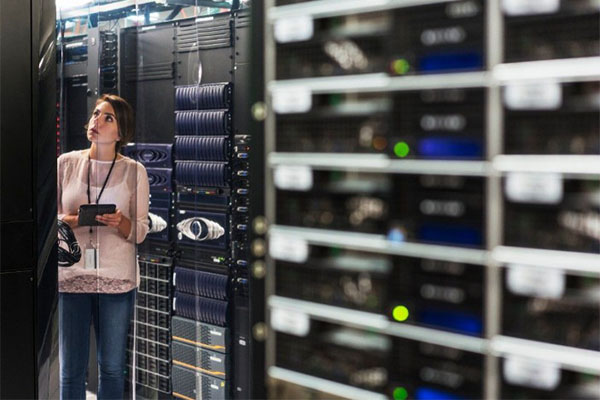language
Unexpected power failures, voltage surges, or electrical noise can damage valuable equipment, corrupt data, and disrupt operations. A supply UPS (Uninterruptible Power Supply) is a smart investment for homes, offices, and businesses that rely on stable and uninterrupted power. But with a wide variety of models and specifications available, choosing the right UPS can be challenging.
1. Understand Your Power Requirements
The first and most important step is to determine how much power your connected devices consume. This will help you choose a UPS with sufficient capacity.
Check wattage and VA ratings: Look at the power ratings (watts or volt-amperes) for each device you plan to connect.
Add up the total load: Sum the power consumption of all devices.
Include a safety margin: Select a UPS rated at least 20–30% above your total load to accommodate startup surges or future additions.
2. Choose the Right UPS Topology
UPS systems come in three main types, each designed for different power conditions and protection levels:
Offline (Standby) UPS: Provides basic protection by switching to battery during an outage. Ideal for home electronics and non-critical devices.
Line-Interactive UPS: Offers better protection by regulating voltage automatically. Suitable for small offices and environments with frequent voltage fluctuations.
Online (Double-Conversion) UPS: Delivers continuous, clean power and isolates devices from all power disturbances. Best for critical systems and sensitive equipment.
For example, the AF900 series online transformerless UPS has single-phase input and single-phase output, and has complete detection and protection functions; it is small in size, light in weight, and has high working efficiency.

3. Consider the Required Backup Time
UPS battery backup time varies depending on the model and the load connected. You’ll need to decide how much time you require in the event of a power outage.
Short runtimes (5–10 minutes) are typically enough to save work and shut down systems safely.
Longer runtimes (15+ minutes) may be needed for servers, communication equipment, or security systems that must continue running during extended outages.
Some UPS models allow for external battery packs to increase backup duration.
4. Evaluate Output Waveform Type
The type of output waveform generated by the UPS can affect the performance of connected devices:
Simulated Sine Wave: Suitable for basic office and home equipment.
Pure Sine Wave: Required for devices with Active PFC power supplies, high-end PCs, or sensitive electronics to prevent performance issues or damage.
5. Check Monitoring and Management Features
Modern UPS units often come with built-in monitoring functions to keep users informed of system status and battery health.
LED or LCD displays: Provide real-time information such as input/output voltage, battery level, and load percentage.
USB or serial ports: Enable communication with a computer for automatic shutdown during extended outages.
Network management cards: Allow remote monitoring and control, especially useful for IT departments or distributed systems.

6. Match the Form Factor to Your Space
UPS systems are available in various shapes and sizes. Choose one that fits your environment:
Tower-style units: Common in homes and small offices.
Rack-mounted units: Ideal for server rooms or network closets.
Ensure there is adequate space for ventilation and easy access for maintenance.
7. Factor in Maintenance and Battery Life
UPS batteries typically need replacement every 3 to 5 years. Selecting a UPS with user-replaceable batteries and clear maintenance indicators will save time and reduce downtime.
Look for:
Battery health monitoring
Replacement alerts
Tool-free battery access (if possible)
8. Set a Realistic Budget
UPS pricing varies widely depending on capacity, features, and build quality. While it’s important to stay within budget, avoid under-specifying the UPS just to cut costs. A reliable UPS protects valuable equipment, prevents data loss, and maintains productivity—often saving more than its initial price.
Choosing the right supply UPS for your devices means understanding your equipment, power environment, and future needs. Whether you're protecting a home computer, an office network, or critical business infrastructure, a well-chosen UPS will provide peace of mind and long-term protection.